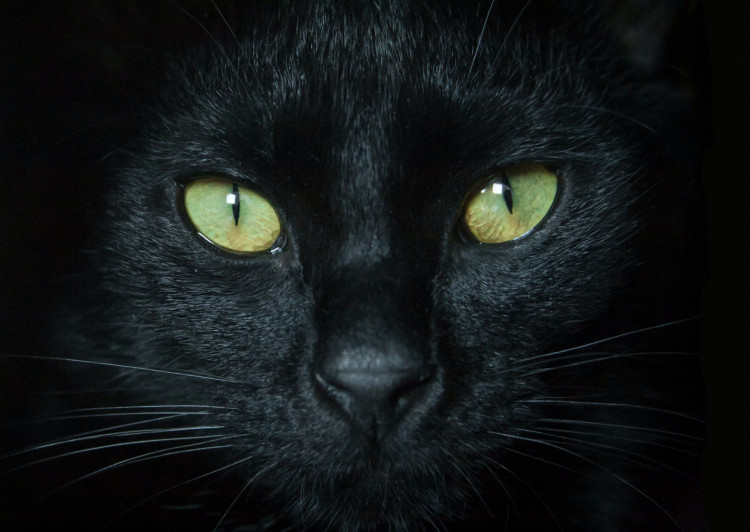Cats may be unexpected sources of evidence when a crime is committed, a new study says.
The study is the first to look into how household pets can contribute to DNA transfer, therefore much more research is needed.
A cat's fur, in particular, can preserve enough DNA shed by a person who has been in their proximity to serve as evidence of a brief encounter between the two. This could imply that, even though cats cannot be questioned, they may be able to assist in identifying criminals.
The concept is a positive step toward the future collection of more extensive forensic evidence, which would undoubtedly be extremely beneficial to police investigations.
"Collection of human DNA needs to become very important in crime scene investigations, but there is a lack of data on companion animals such as cats and dogs in their relationship to human DNA transfer," forensic scientist Heidi Monkman said. "These companion animals can be highly relevant in assessing the presence and activities of the inhabitants of the household, or any recent visitors to the scene."
Monkman and Mariya Goray, a skilled crime scene investigator from Flinders University, collaborated with forensic expert Roland van Oorschot of the Victoria Police Forensic Services Department in Australia to see if they could detect readable human DNA in domestic cats.
They examined 20 cats from 15 different houses for their study. The scientists took DNA samples from the majority of the human study participants at their residences and twice swabbed each cat's right side of fur. Then, the human DNA samples and cat swabs were processed.
In addition, questionnaires about the cats' routine behavior and habits were completed by the residents of the home. This covered how frequently and by whom the cat was stroked within the home.
Eighty percent of the cat swab samples had DNA that could be detected. The amount of DNA present, the period of time since a cat last interacted with a human, or the length of the cat's fur did not significantly differ for any one animal.
Seventy percent of the study's cats' DNA profiles might be interpreted accurately enough to be connected to a human, according to the team.
"Further research is required on the transfer of human DNA to and from cats, and the persistence of human DNA on cats and what may influence the varying levels of DNA found on cats such as behavioral habits, and shedder status of the owners," the researchers write.



